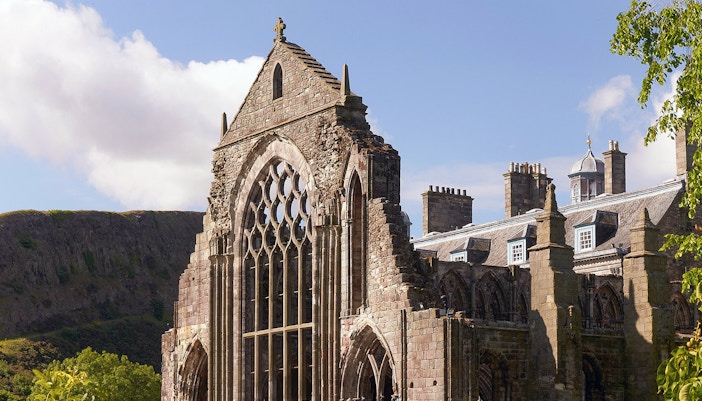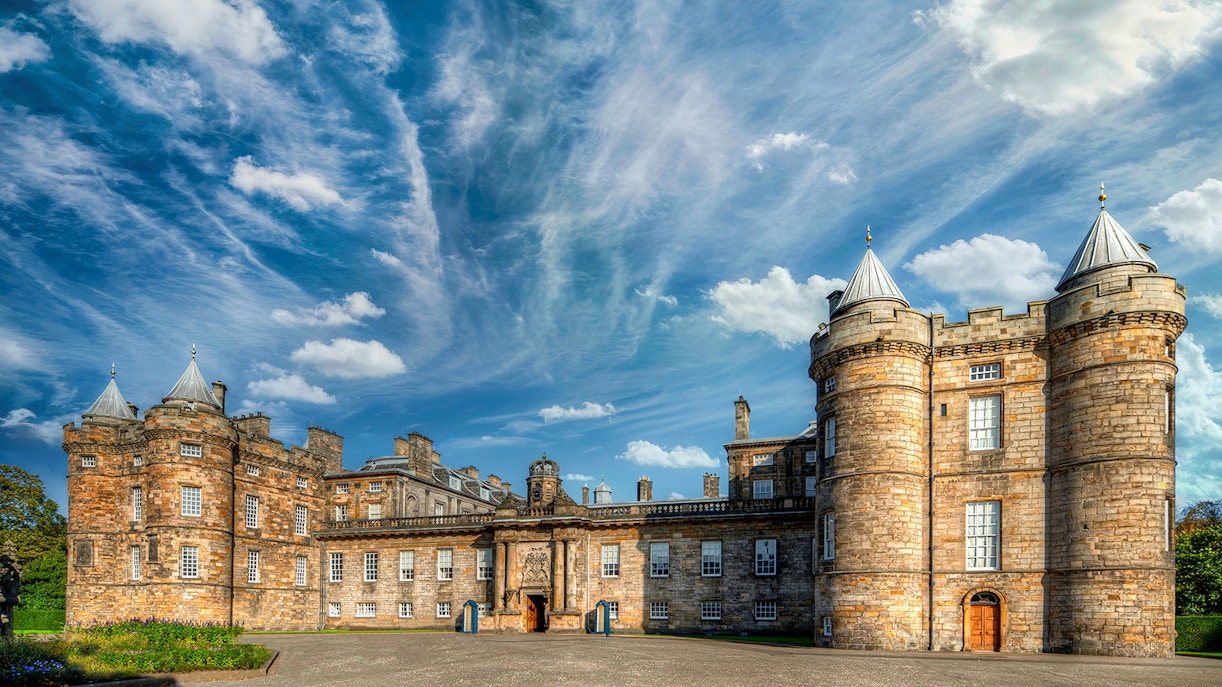Legend has it David I saw a glowing cross between a stag’s antlers and founded Holyrood Abbey in 1128. It quickly became a spiritual and political powerhouse, laying the groundwork for centuries of royal drama.
Palace of Holyroodhouse history explained
Holyrood Abbey’s existence (1128)
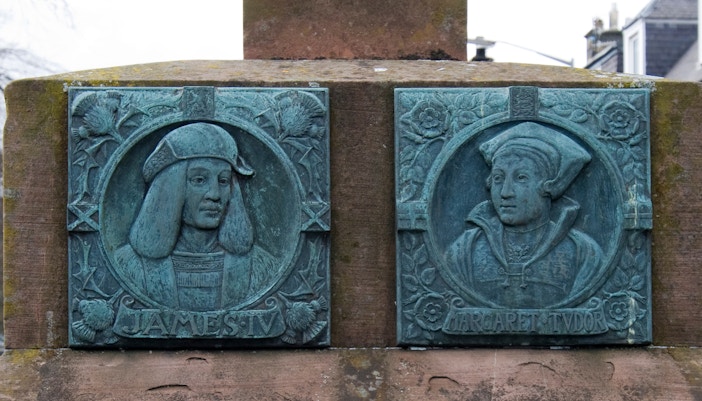
Construction of the palace (1501-1505)
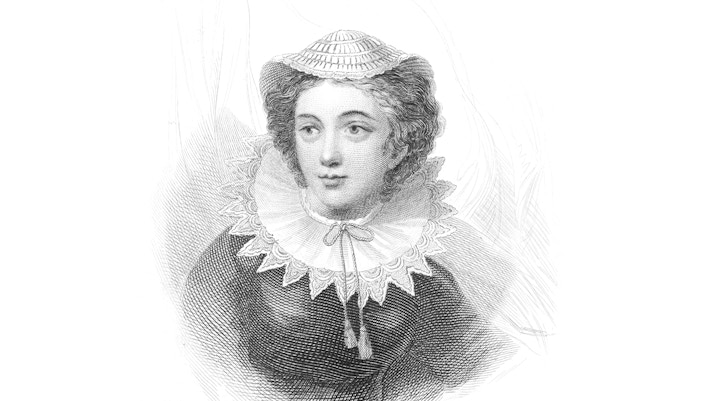
Expansion of the palace (1528-1536)
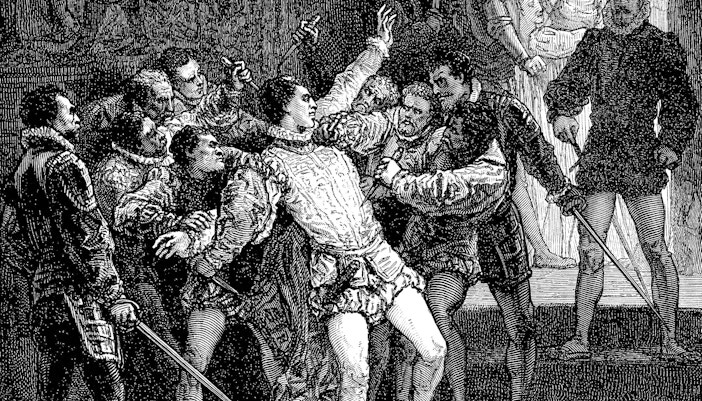
Mary, Queen of Scot, at the Palace (1561-1567)
Major damage under Cromwell’s occupation (1650)
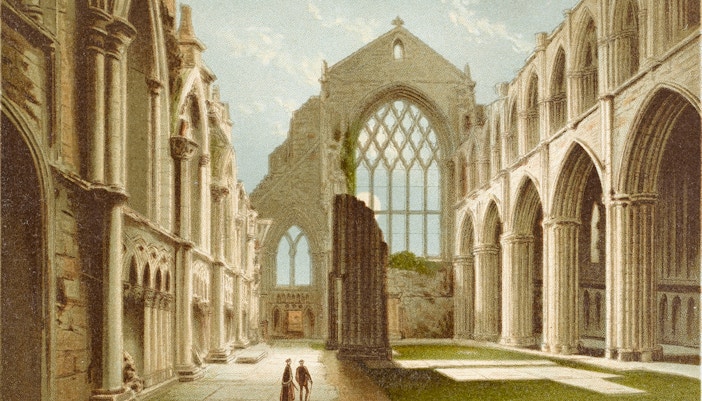
Rebuilding by Sir William Bruce (1671-1678)
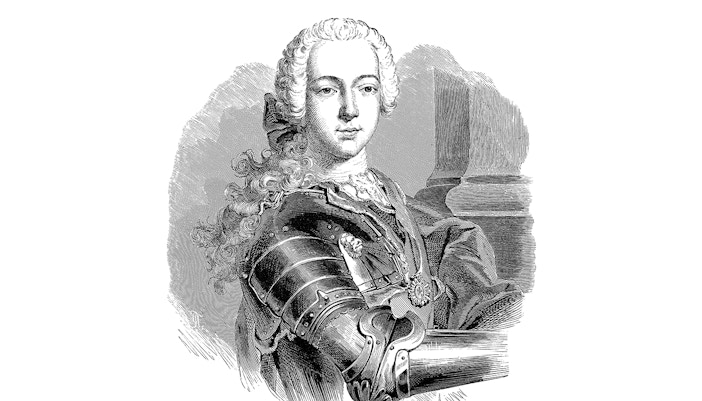
Jacobite uprising (1745)
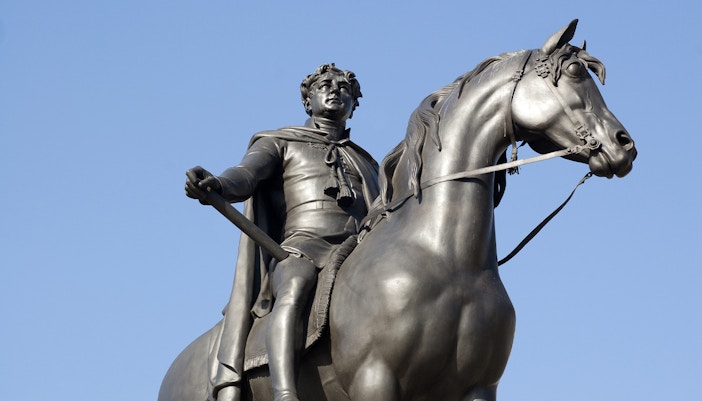
The visit of George IV (1822)
